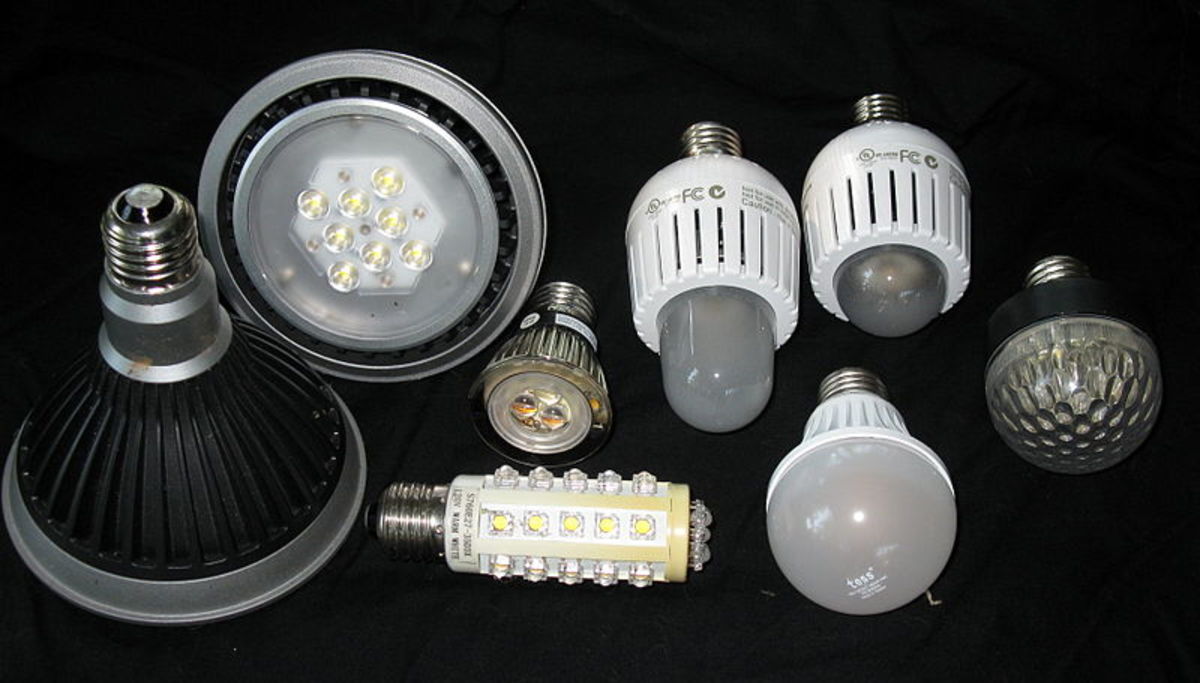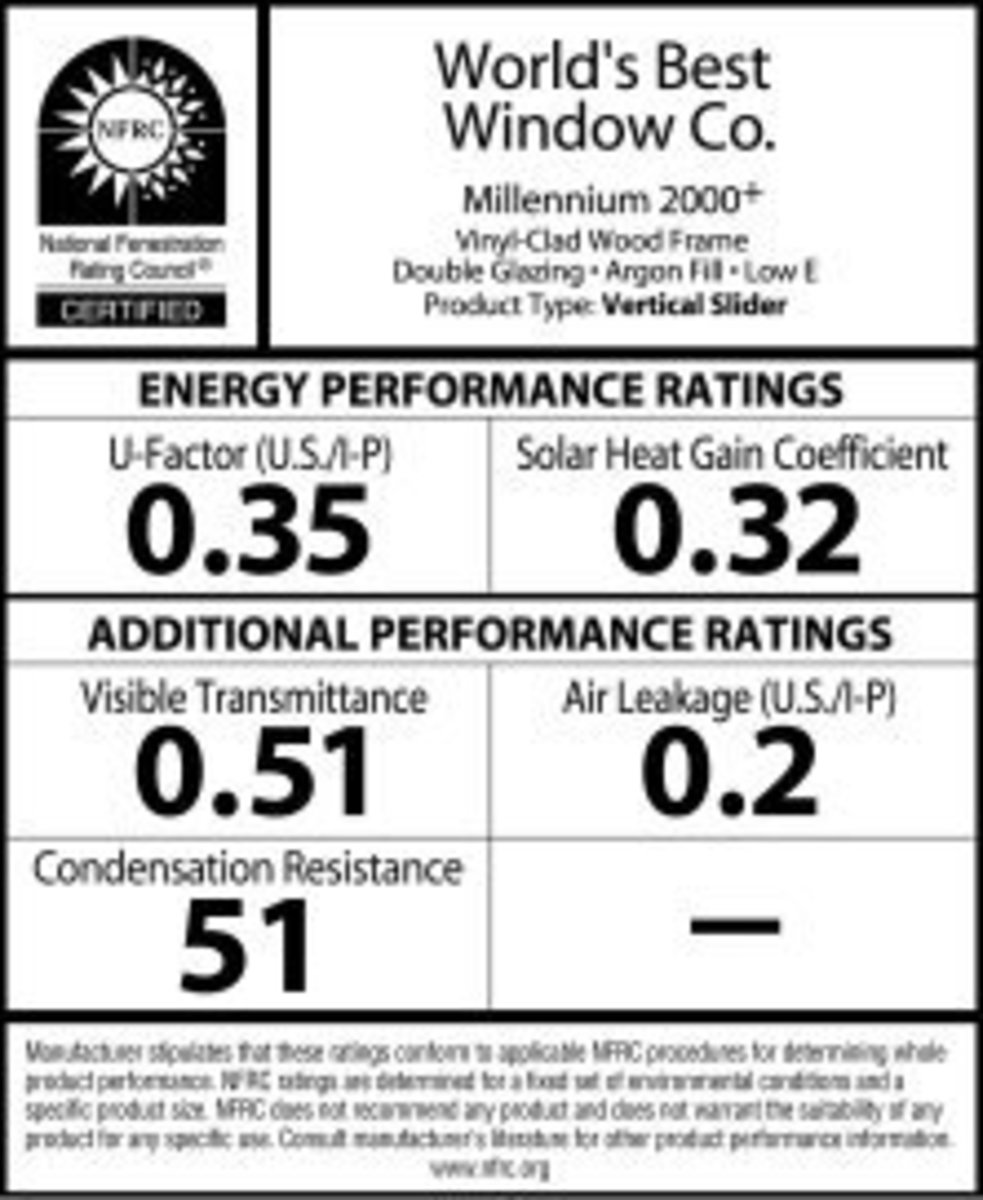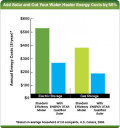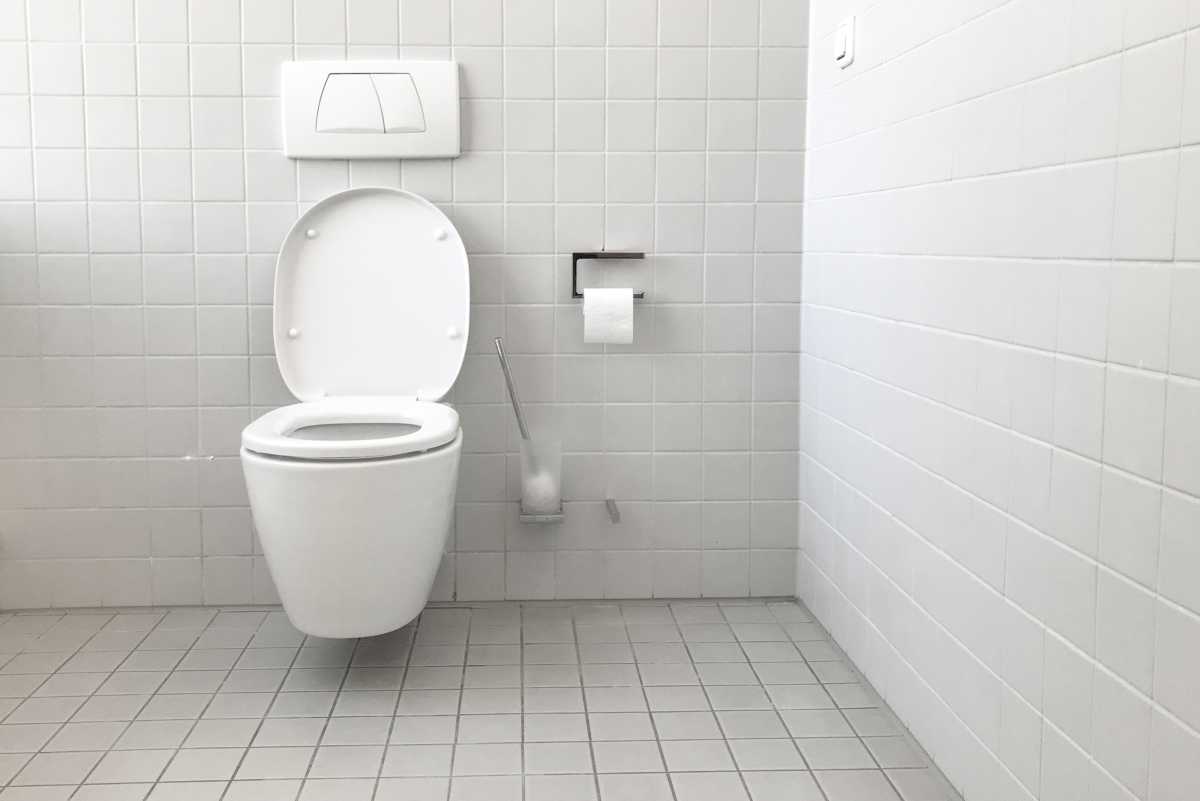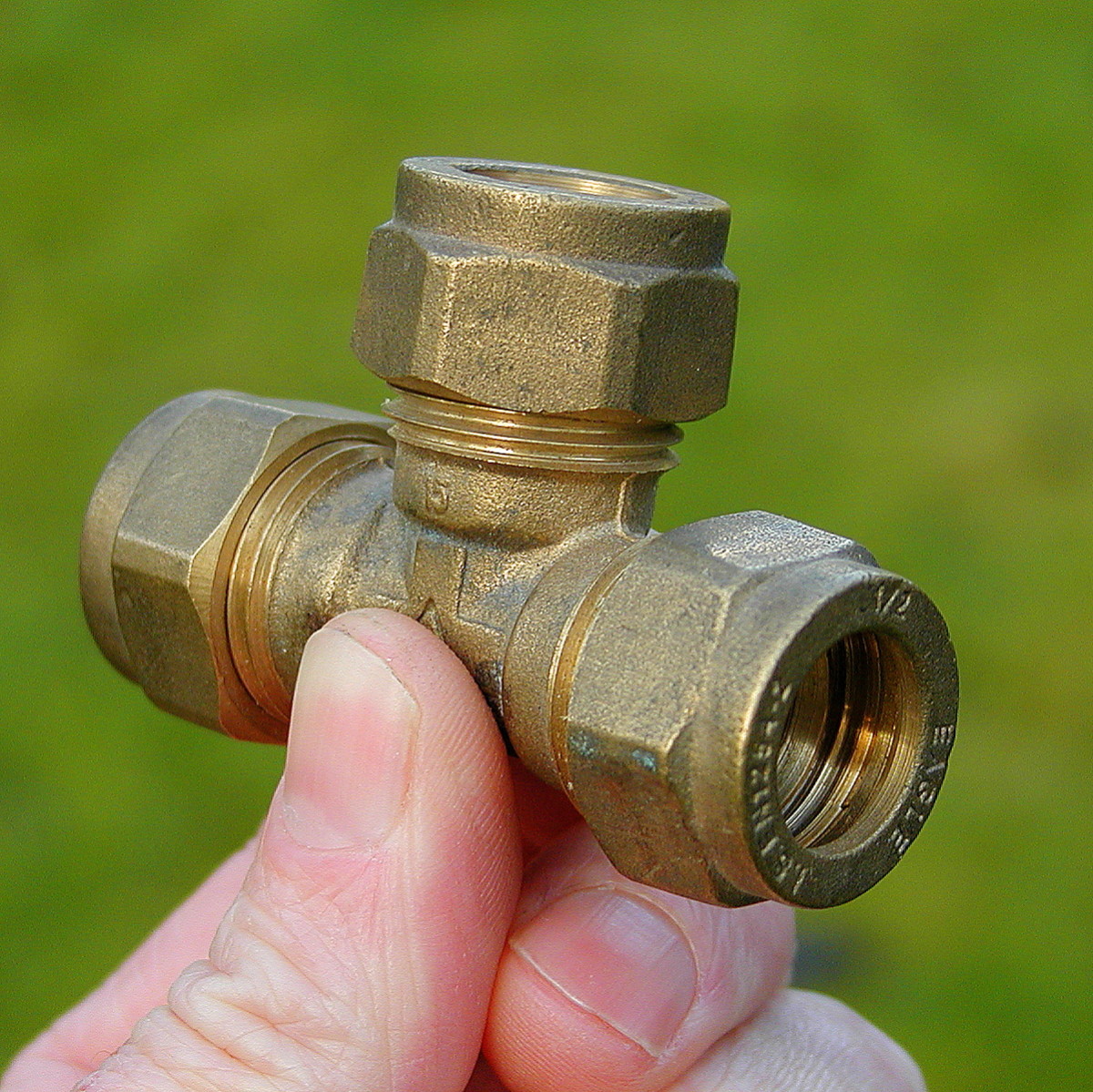Sustainability 68: Drain Water Heat Recovery

In our efforts at energy conservation and sustainability, many of us keep seeking newer and more innovative ways of eliminating or capturing wasted energy. One of those cutting-edge methods — long in use in areas of very cold climate — is the recovery of the heat embodied in draining wastewater.
The concept of Drain Water Heat Recovery (or DWHR) is quite simple. The heat that is embodied in water draining from showers, tubs, dishwashers, laundries, sinks and other such appliances and equipment is retrieved as that water travels through wastewater drains and sewers, and is then reused to pre-heat incoming cold water. While DWHR can appear initially most cost-effective in large-scale commercial or institutional facilities like prisons, hospitals, schools, recreational facilities, and multifamily residential structures, it can also prove efficient even in a single-family home or condominium.
The prime attraction of DWHR lies in a vast untapped energy resource. In many of our structures, the heating of water for personal, commercial or industrial use is typically the second largest energy consumer. As our homes and other buildings become ever more energy efficient as thermal envelopes and air seals, water heating may in fact rise to the greatest single consumer of energy in structures. It is estimated that up to 90% of the heat embedded in the water we use is not ‘consumed’, and remains in that water as it drains away. The potential for energy recovery is therefore significant.
Savings are realized in the substantial reduction in energy used to initially heat incoming cold water. (In effect, the hot water you used several hours ago pre-heats the next batch of cold water you wish to use hot several hours from now.) DWHR not only increases the effective hot water capacity of a system (by continually reusing the same heat, and thus ‘cycling’ faster), but also extends the life of hot water heaters by damping down their operation.
In commercial and institutional structures, DWHR can reuse the heat from draining dishwashers, clothes washers, saunas, spas, showers, and sinks, whereas most residential heat recovery is from showers. DWHR is most often designed into a facility during construction, as the technology can be difficult to retrofit into existing structures. However, the physical aspects of a DWHR installation are relatively simple and easy to understand.
DWHR installations rely on vertically installed ‘falling film heat exchangers’. As hot drain water falls through a vertical pipe and imparts its heat to the pipe, the falling film heat exchanger — consisting of a coiled wrap of coldwater tubing that ascends around that vertical pipe — accepts that heat and carries it back for use in now-warmed water. To suit the full range of likely applications, DWHR systems are manufactured in a variety of pipe diameters, lengths, tubing diameters and water pressures.
The annual total energy savings achieved by DWHR systems for average single-family homes has been estimated at from 5% to 7% or more, depending on home design and DWHR type and installation configuration. The return on investment of such a system may range from 10% to 50%, depending on the home’s water heating fuel type and home occupancy. For large-scale multifamily or lodging facilities, and for commercial facilities, annual total energy savings may reach or exceed 9%, and return on investment will typically exceed 20%.
- Using Solar Energy
At Nellis Air Force Base in Nevada, more than 70,000 solar collectors tilt to follow the sun, powering virtually the entire population of the base. - Going Green: No Longer a Fad
How have ordinary people begun to change their daily habits to create a more sustainable future? - Energy-Efficient Outdoor Lighting
Outdoor lighting has come a long way in the past few decades, due to technical advancements, and a greater desire by designers and architects to put light where it's needed and for dramatic effect. - Sustainability 59: Walmart
Branch out When the world’s largest retailer strives toward a sustainable world, we all reap the benefits. Here are some of the ways in which Walmart is helping to fashion a better tomorrow: Building design is beginning to reflect... - Sustainability 10: Density
To many, it seems counter-intuitive that packing the globe's inhabitants more tightly might actually be good for the planet's sustainability, but it's a fact. - Selecting a Green Appliance
One of the greatest boons to our planet's sustainability lies within the grasp of virtually every homeowners: select a green appliance. - Choosing Sustainable Flooring
Many of us can contribute to an environmentally sounder world by selecting sustainable resilient, wood, concrete or carpet flooring the next time we want to redo our kitchen, bath, basement or game room. But what constitutes a sustainable floor? And. - Designing Parking Lots
With virtual seas of asphalt seeming to stretch from horizon to horizon, some would say we have sacrificed far too much of our world to the automobile. But the effective design of parking lots is essential to the proper functioning of 21st Century... - Sustainability 58: Whole Foods Markets
The flowering of new design principles With its announcement in April 2010 that it intends to cut its energy consumption by 1/4th within the next 5 years, the chain of Whole Foods Markets once again reinforced its commitment to leadership in...


